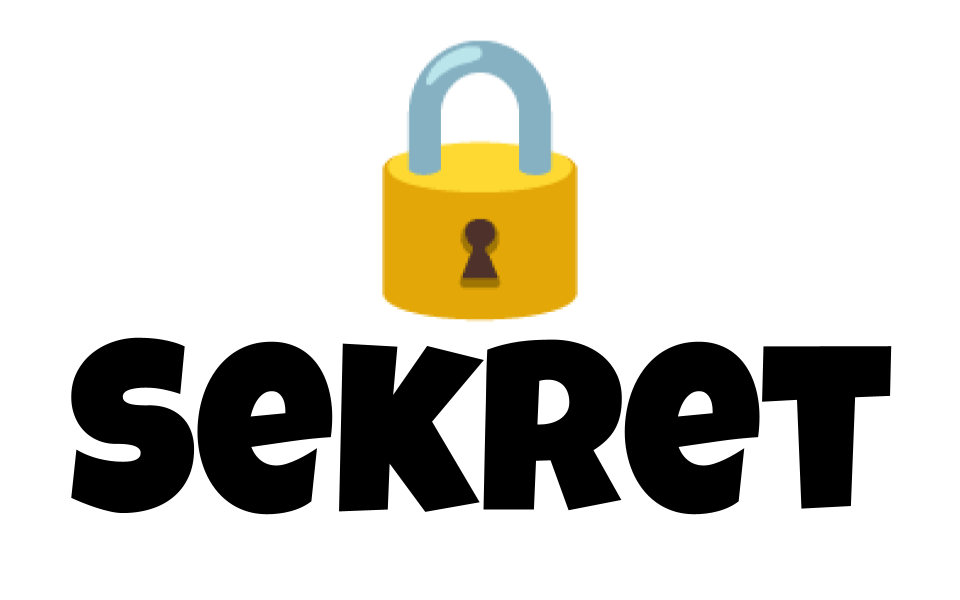Sekret: Encryption tool for Kubernetes Secrets

Sekret is a CLI tool to encrypt and edit Kubernetes Secrets. Sekret makes management and deployment for Secret secure and simple.
Motivations
- want version controlled Secret like other resources (e.g., deployments)
- want to commit encrypted Secret YAMLs
- want to edit encrypted Secret YAMLs easily
- want to apply decrypted Secret YAMLs easily
Functionalities
- Encrypt plain YAMLs
- Decrypt encrypted YAMLs
- Create new encrypted Secret YAMLs
- Edit encrypted Secret YAMLs as plain text
Demo
Installation
You can get Sekret with go get.
go get github.com/nownabe/sekretAlso, you can download binaries from GitHub Releases.
curl -sSL -o /path/to/sekret https://github.com/nownabe/sekret/releases/download/v1.1.0/sekret_linux_amd64chmod +x /path/to/sekretUsage
sekret command is used following subcommands enc / dec / new / edit.
sekret subcommand [options] filenameThe environment variable ENCRYPTION_KEY is used as the encryption key for all subcommands. Encryption keys must be 16 or 32 bytes. EDITOR variable specifies the editor for new and edit subcommands. Command options can also specify them.
Encrypt
Following commands encrypt secret.yaml and then commit it on Git.
$ export ENCRYPTION_KEY=$(cat /dev/urandom | base64 | fold -32 | head -1)$ sekret enc secret.yaml > secret.yaml.enc$ git add secret.yaml.enc$ git commitDecrypt
Easy to decrypt and apply Secrets.
$ sekret dec secret.yaml.enc | kubectl apply -f -Create New Encrypted Secrets
new subcommand creates a new encrypted Secret YAMLs.
$ export EDITOR=vim$ sekret new secret.yaml.encsekret new opens specified editor with the Secret template like following YAML.
apiVersion: v1data: Key: Valuekind: Secretmetadata: creationTimestamp: null name: new-secrettype: OpaqueValues of data must be encoded as base64 in Kubernetes Secrets, but sekret encodes and decodes automatically on opening and saving them. So you can write YAML as completely plain text. If you want to edit as base64, use --decode-base64=false option.
Sekret validates before saving YAML, so it doesn’t save YAML when invalid.
Edit Encrypted Secrets
You can edit encrypted Secret YAML like plaintexts with edit subcommand.
$ sekret edit secret.yaml.encsekret edit opens decrypted and base64 decoded YAML in the specified editor. When the editor is closed, it saves encrypted and base64 encoded YAML. Of course, it validates YAML before saving.
Conclusion
Sekret makes lifecycle of Sekret very simple and secure. It is effortless to manage and deploy Secret YAML.
